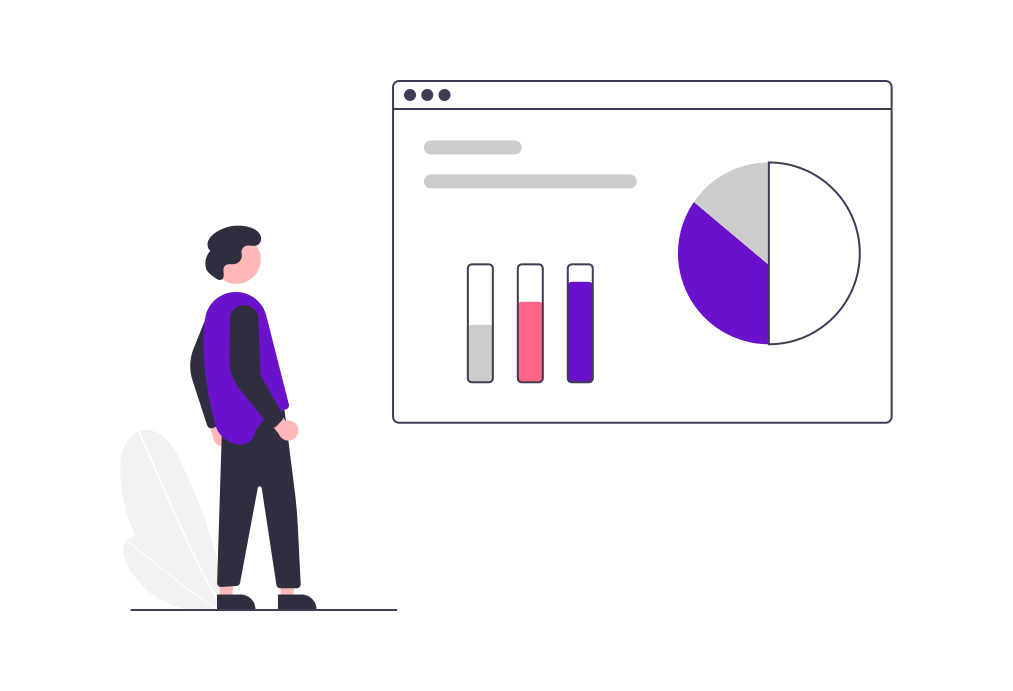In today's competitive industrial landscape, identifying and targeting the right market segments is crucial for driving growth and maximizing return on investment (ROI). Effective segmentation allows companies to focus their marketing efforts on the most promising opportunities, ensuring that resources are utilized efficiently. This blog will explore key strategies for identifying and targeting your ideal market segments, providing actionable tips to enhance your segmentation efforts.
Understanding Industrial Segmentation
Industrial segmentation involves dividing a broad market into distinct subsets of customers with common needs, characteristics, or behaviors. These segments can then be targeted with tailored marketing strategies to meet their specific requirements. Unlike consumer segmentation, which often focuses on demographics and psychographics, industrial segmentation typically considers factors such as industry type, company size, geographic location, and purchasing behavior.
Key Segmentation Criteria
To effectively segment your industrial market, consider the following criteria:
-
Industry Type:
- Segmenting by industry allows you to tailor your marketing efforts to the unique needs and challenges of specific sectors. For example, the requirements of the automotive industry differ significantly from those of the pharmaceutical industry.
-
Company Size:
- Different strategies are often required for targeting small businesses compared to large enterprises. Consider factors like the number of employees, annual revenue, and market influence when segmenting by company size.
-
Geographic Location:
- Geographic segmentation can help you address regional preferences, regulations, and economic conditions. This is particularly important for companies operating in diverse markets with varying cultural and economic landscapes.
-
Purchasing Behavior:
- Understanding the purchasing behavior of different segments can provide insights into their buying cycles, budget allocations, and decision-making processes. This helps in crafting messages that resonate with each segment's purchasing patterns.
-
Technology Adoption:
- Segmenting based on technology adoption levels can help you identify early adopters versus laggards, allowing you to tailor your product offerings and marketing strategies accordingly.
Steps to Effective Segmentation
1. Conduct Market Research:
- Start by gathering data on your potential customers. Use surveys, interviews, and secondary research to understand their needs, preferences, and pain points. Market research firms and industry reports can provide valuable insights.
2. Analyze Your Customer Base:
- Analyze your existing customers to identify common characteristics and behaviors. Look for patterns in their purchasing history, industry affiliations, and company demographics.
3. Develop Segmentation Models:
- Use the data collected to develop segmentation models. Techniques like cluster analysis, regression analysis, and machine learning can help in identifying distinct segments. Tools like CRM systems and data analytics platforms can facilitate this process.
4. Create Detailed Buyer Personas:
- Develop detailed buyer personas for each segment. These personas should include information on demographics, job roles, challenges, and goals. Buyer personas help in crafting targeted marketing messages that resonate with each segment.
5. Tailor Your Marketing Strategies:
- Customize your marketing strategies for each segment. This includes developing targeted content, personalized messaging, and segment-specific campaigns. Ensure that your sales and marketing teams are aligned in their approach to each segment.
6. Evaluate and Adjust:
- Continuously monitor the performance of your segmentation efforts. Use metrics like conversion rates, customer acquisition costs, and customer lifetime value to evaluate the effectiveness of your strategies. Be prepared to adjust your segmentation models and marketing tactics based on feedback and performance data.
Advanced Segmentation Techniques
1. Behavioral Segmentation:
- Go beyond basic demographic and firmographic data by incorporating behavioral segmentation. Analyze customer interactions with your brand, such as website visits, content downloads, and social media engagement. This helps in identifying prospects who are actively engaged and showing intent to purchase.
2. Predictive Analytics:
- Leverage predictive analytics to forecast future behaviors and trends within your market segments. Predictive models can help identify which segments are most likely to convert, allowing you to allocate resources more effectively.
3. Account-Based Marketing (ABM):
- Implement ABM strategies to target high-value accounts within your identified segments. ABM focuses on personalized marketing efforts tailored to specific accounts, often involving close collaboration between marketing and sales teams.
Case Study: Successful Industrial Segmentation
Consider a manufacturer of industrial automation equipment looking to expand its market share. By conducting thorough market research and analyzing their customer base, they identified three key segments: automotive manufacturers, food and beverage producers, and pharmaceutical companies.
-
Automotive Manufacturers:
- Needs: High precision, scalability, integration with existing systems.
- Strategy: Focused on demonstrating the precision and reliability of their equipment through case studies and industry certifications.
-
Food and Beverage Producers:
- Needs: Compliance with health and safety regulations, high throughput.
- Strategy: Highlighted the equipment’s compliance features and efficiency through targeted webinars and whitepapers.
-
Pharmaceutical Companies:
- Needs: Strict adherence to regulatory standards, traceability.
- Strategy: Emphasized the traceability features and regulatory compliance through detailed product guides and direct sales consultations.
By tailoring their marketing strategies to address the specific needs of each segment, the manufacturer saw significant increases in engagement and sales across all three segments.
Conclusion
Effective industrial segmentation is essential for targeting your ideal market segments and achieving higher engagement and ROI. By understanding the unique needs and behaviors of different segments, developing detailed buyer personas, and tailoring your marketing strategies, you can create more impactful and efficient marketing campaigns. Continuous evaluation and adjustment of your segmentation efforts will ensure long-term success in the dynamic industrial market.


